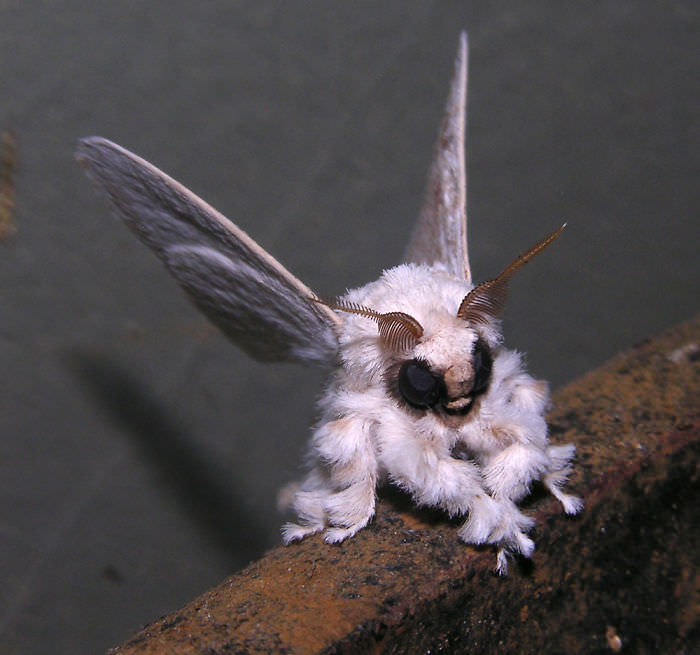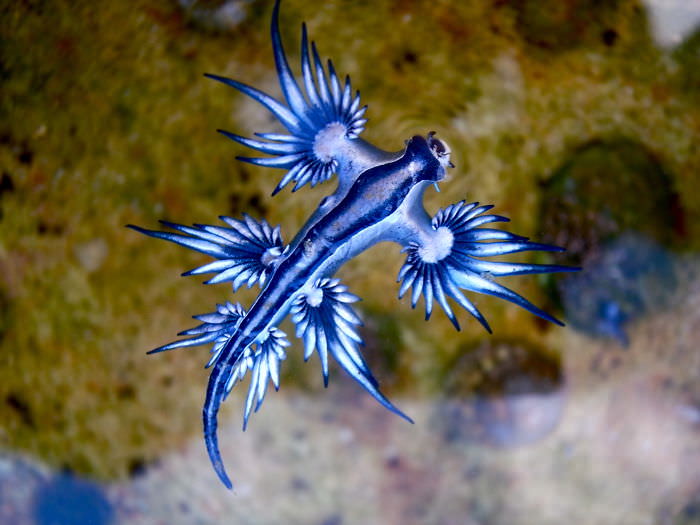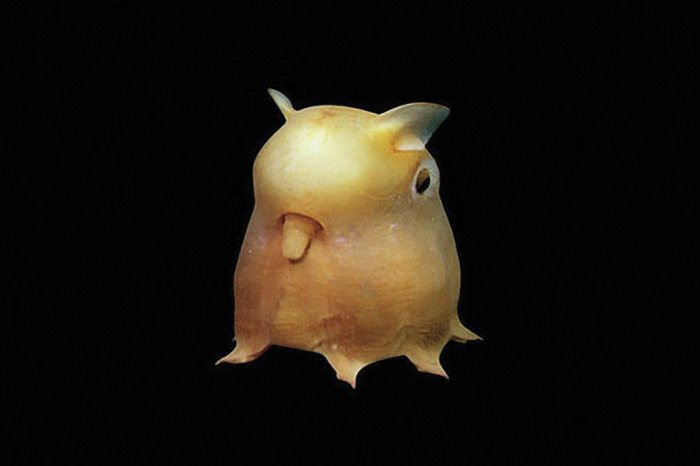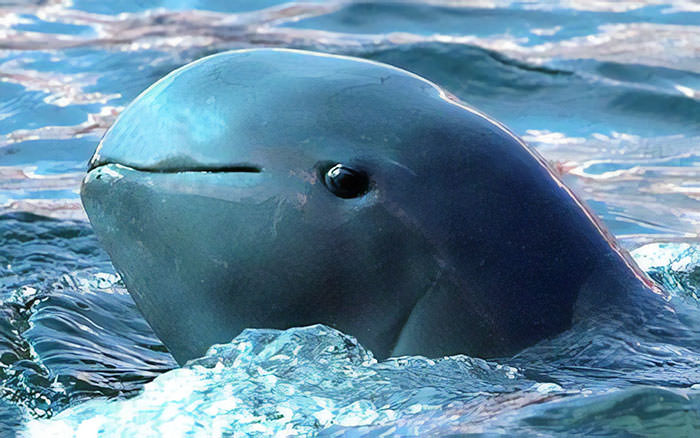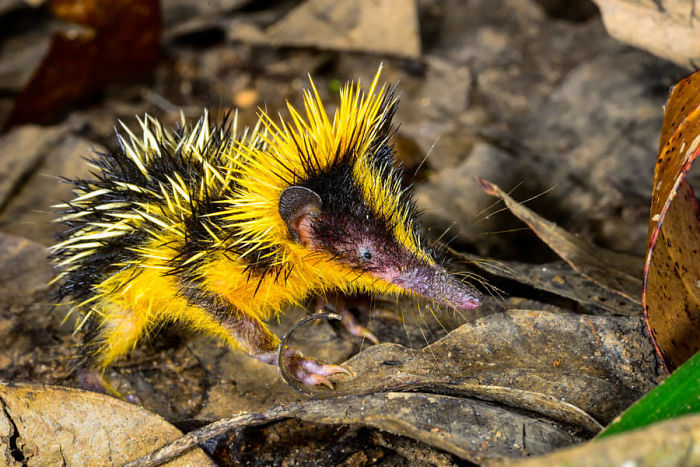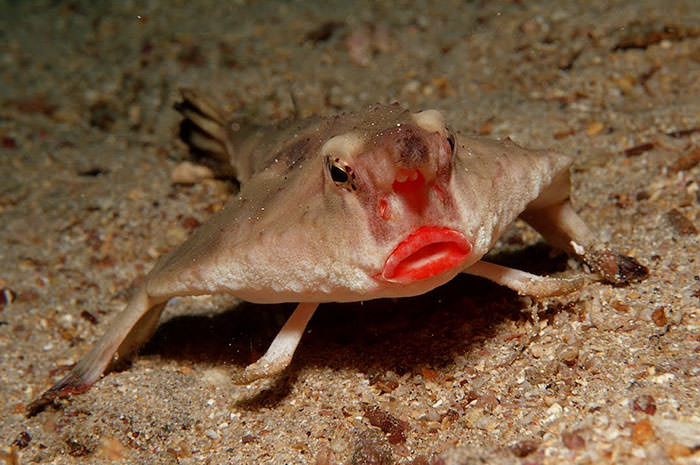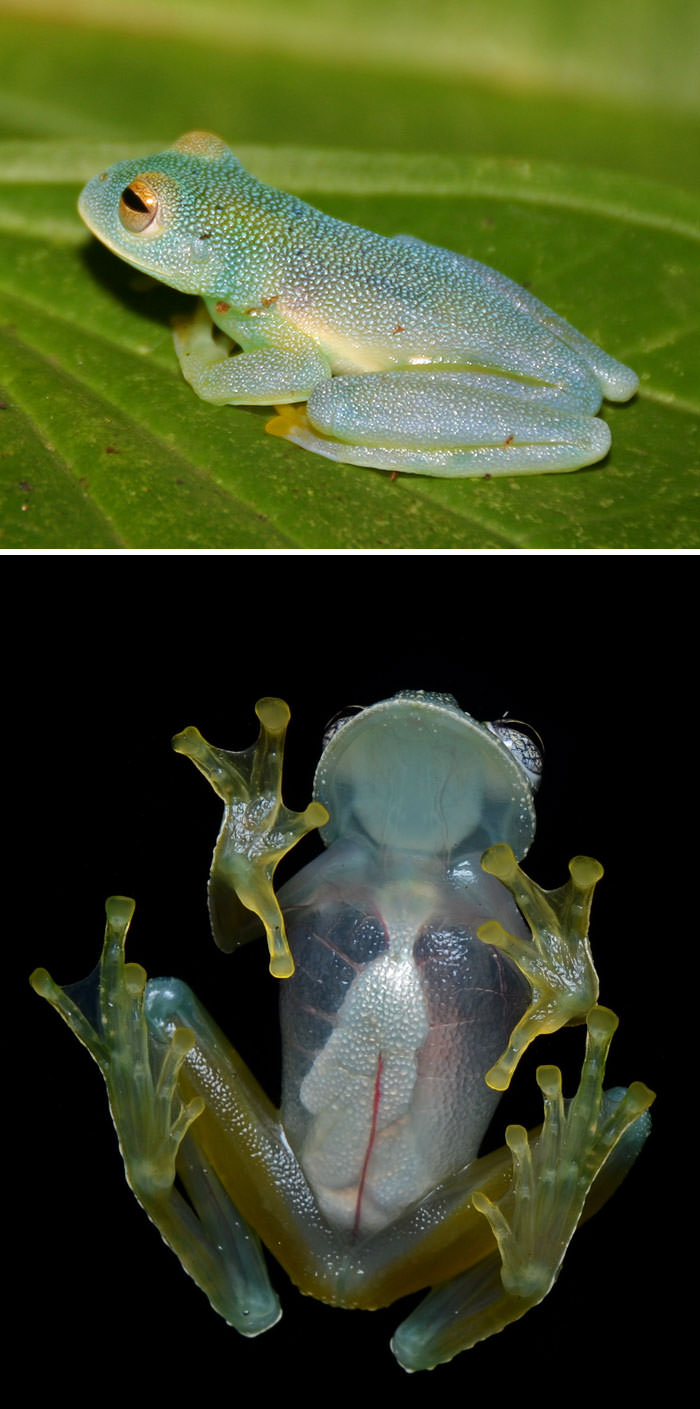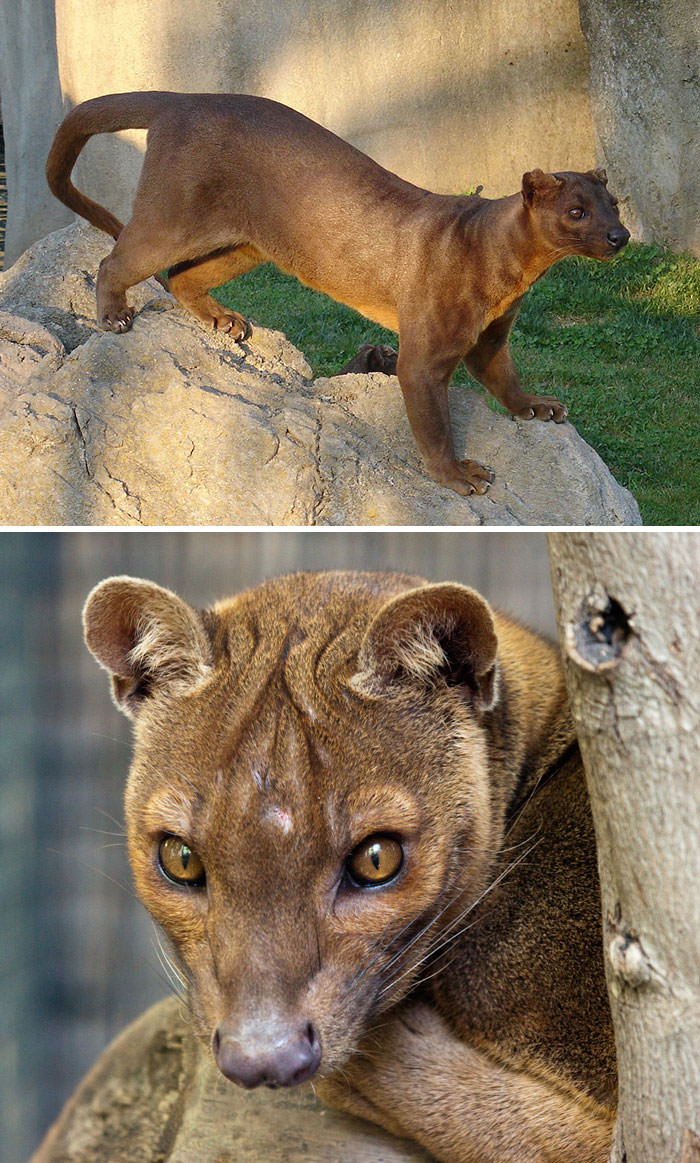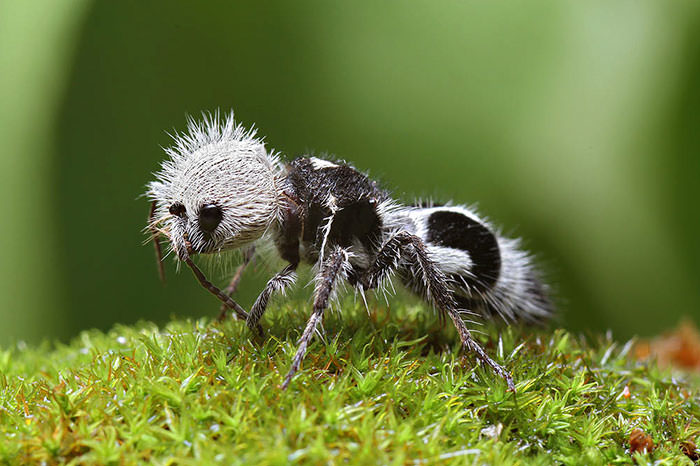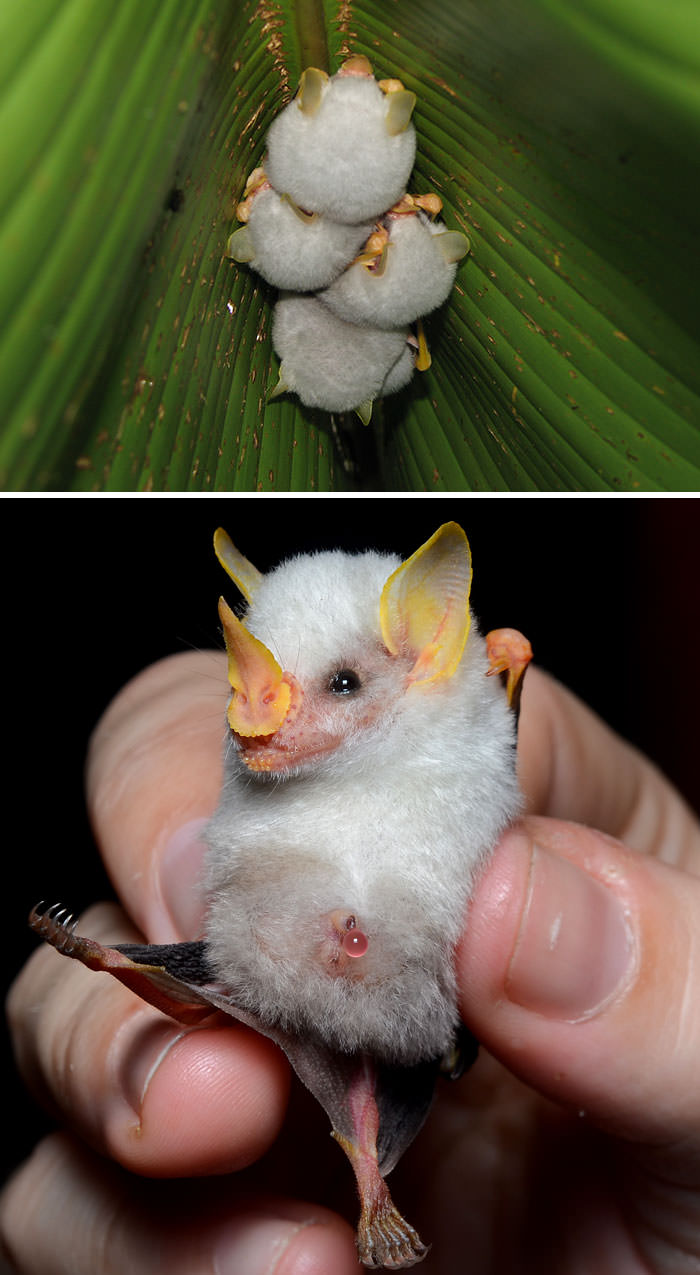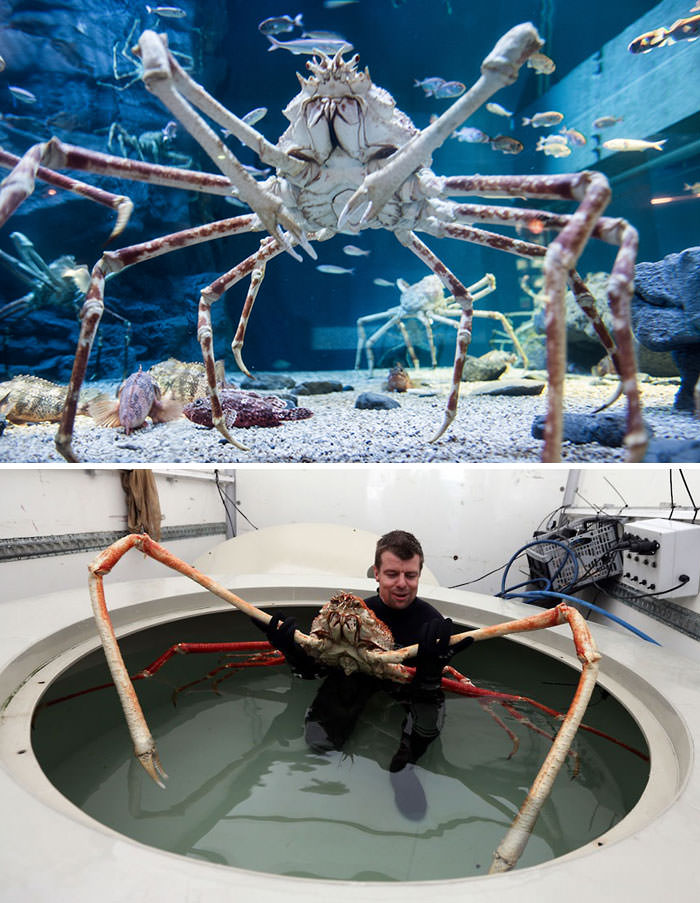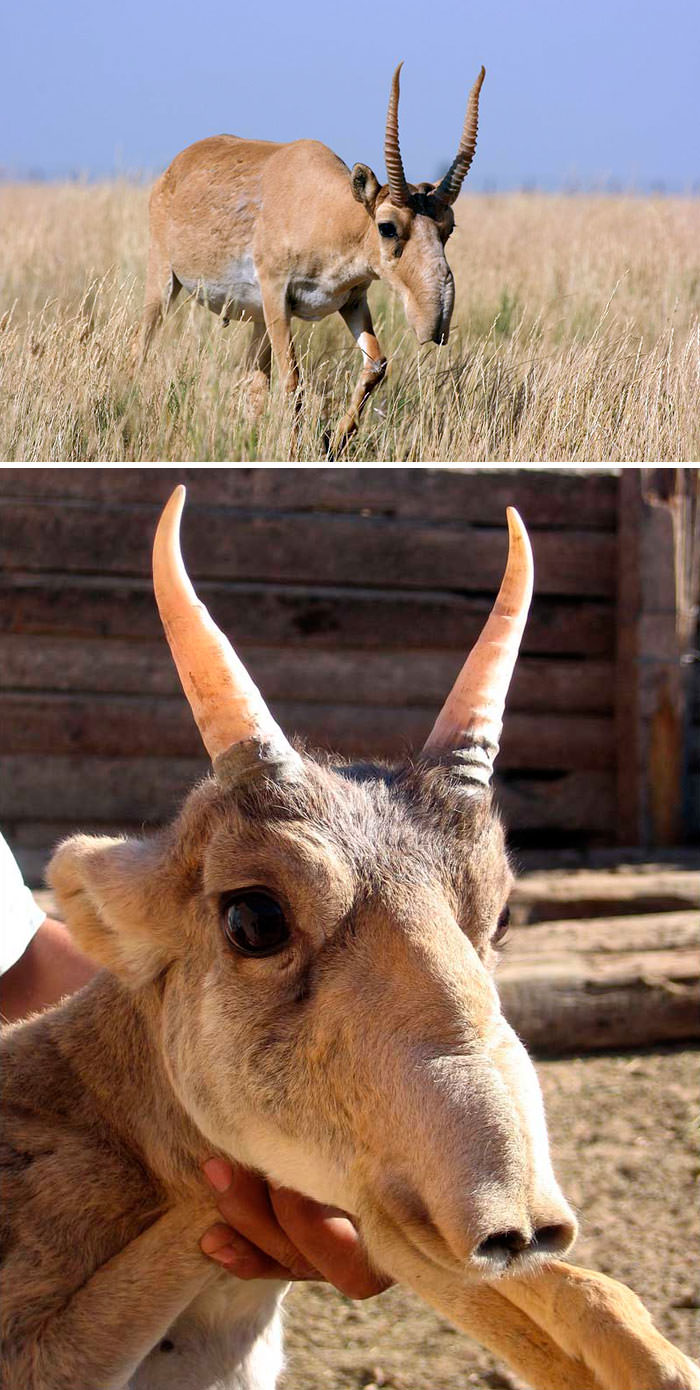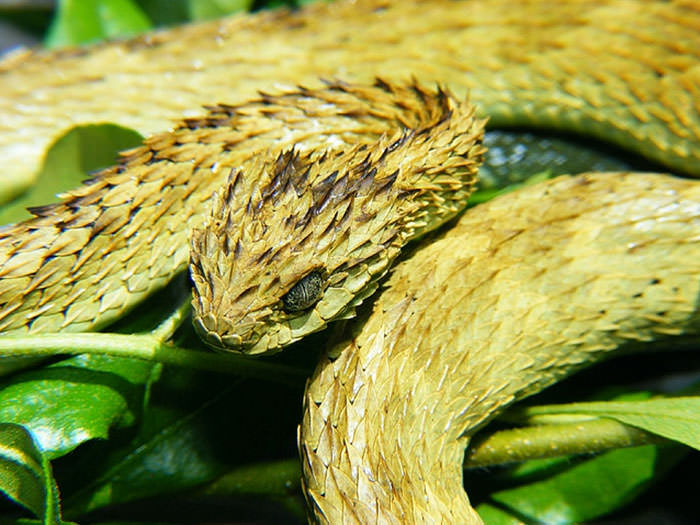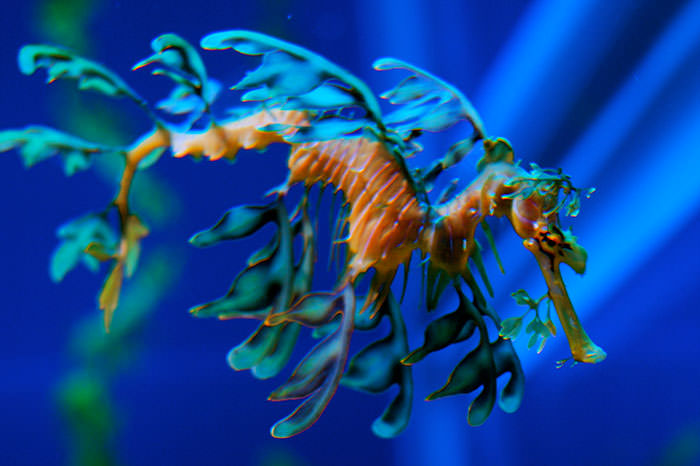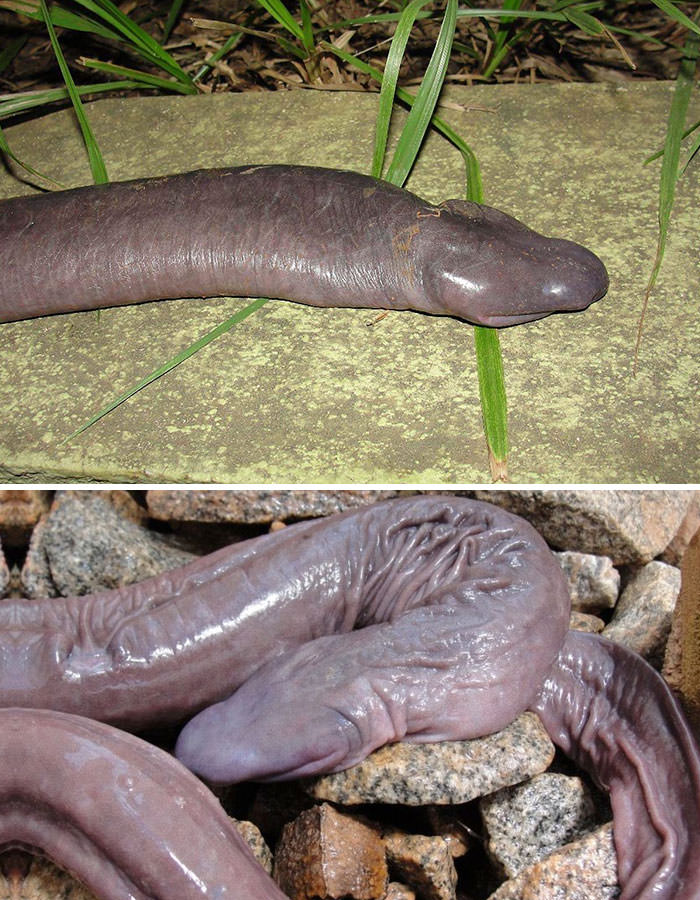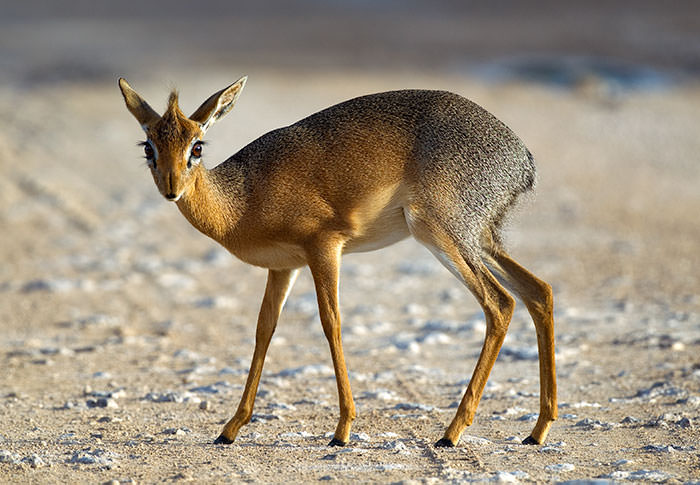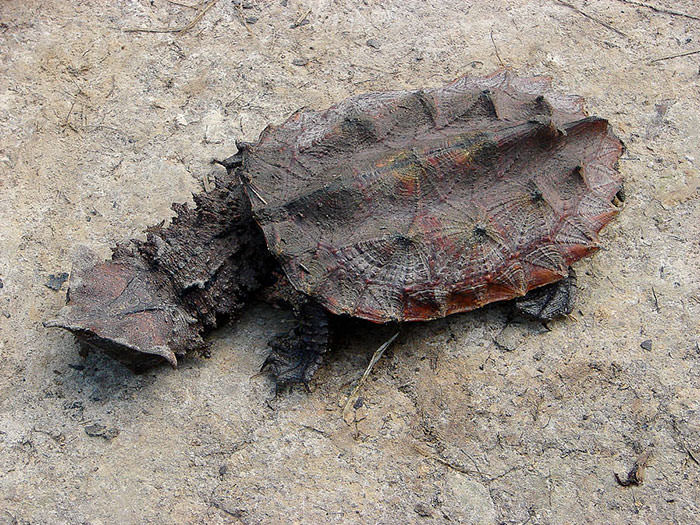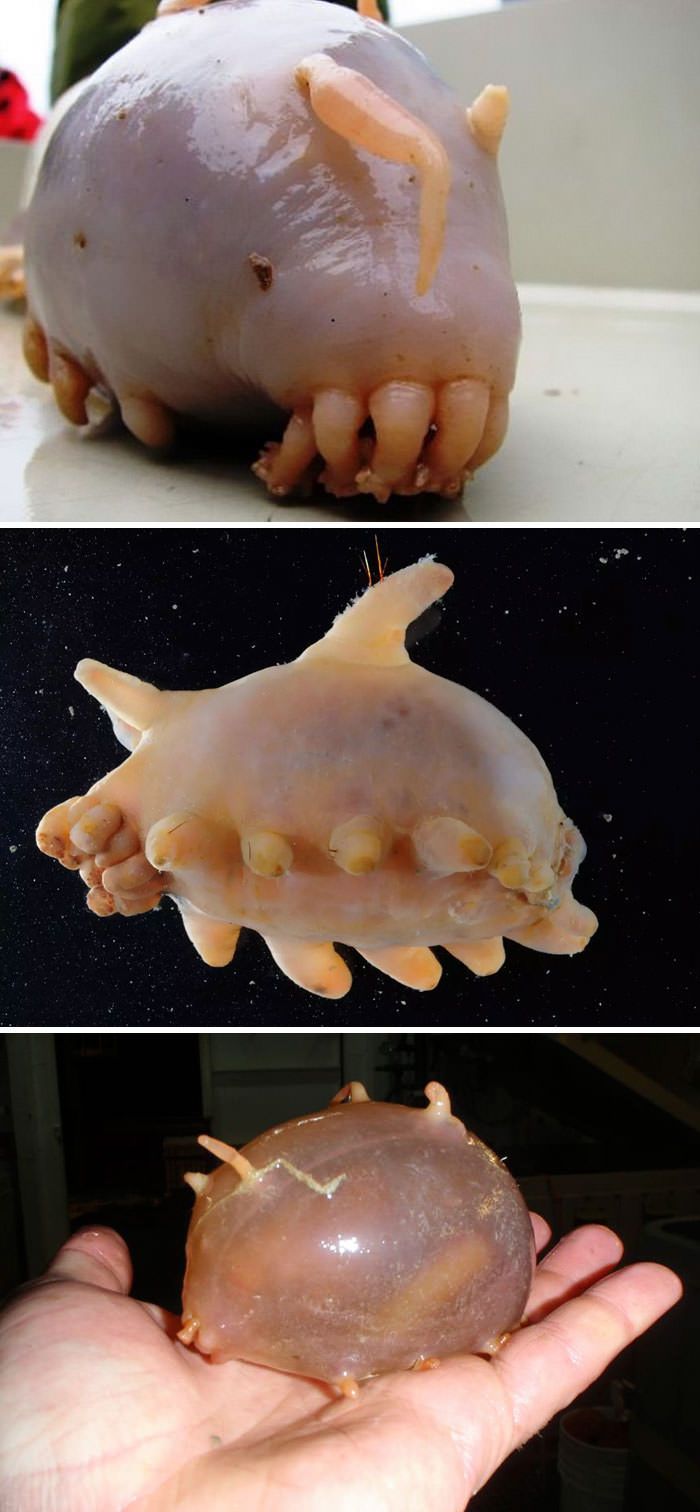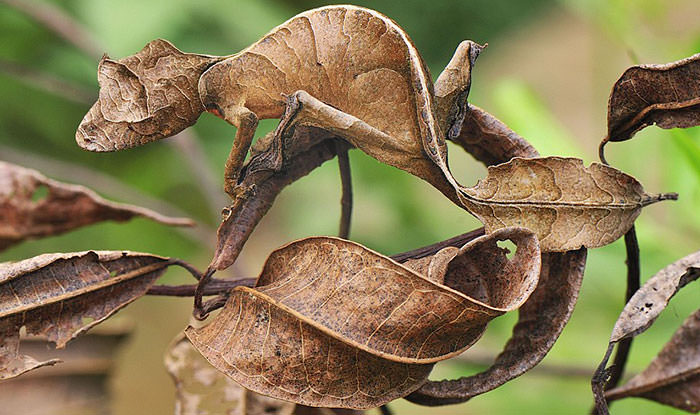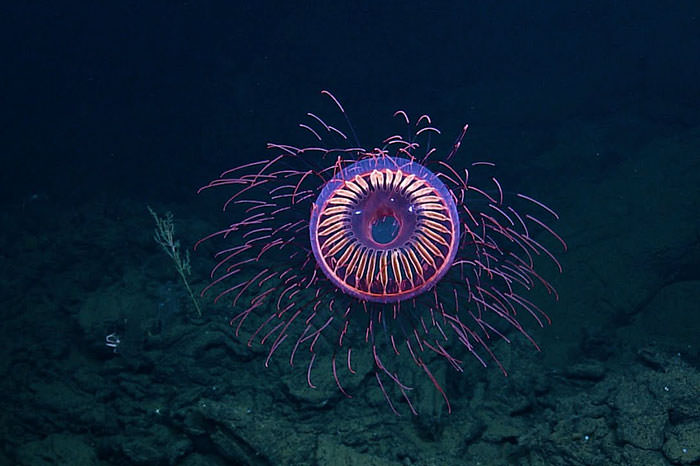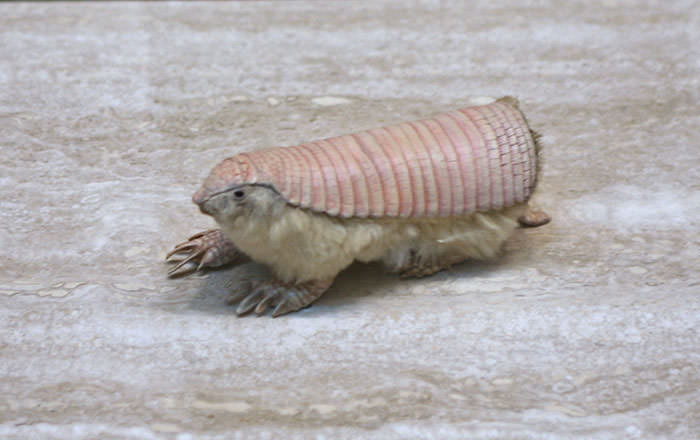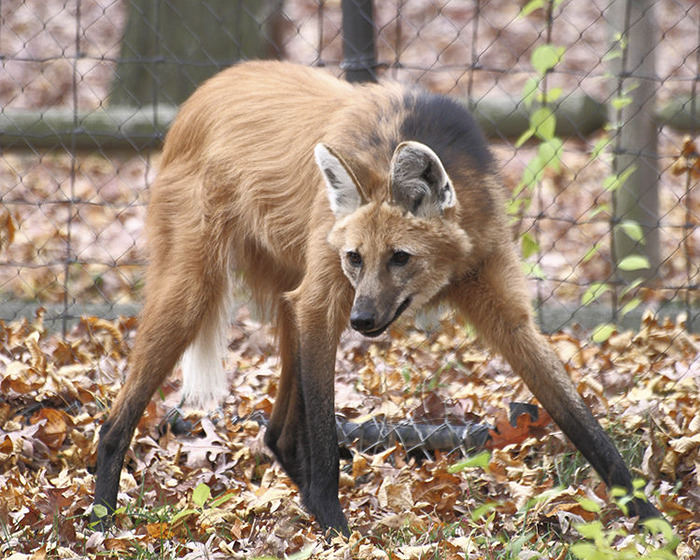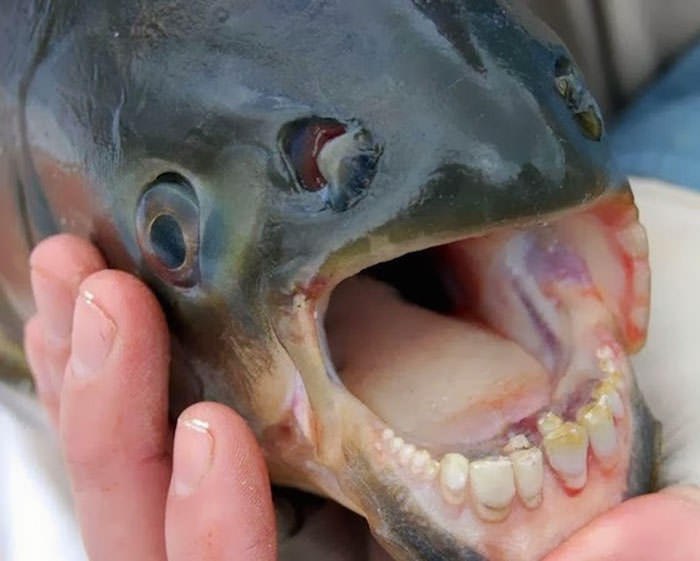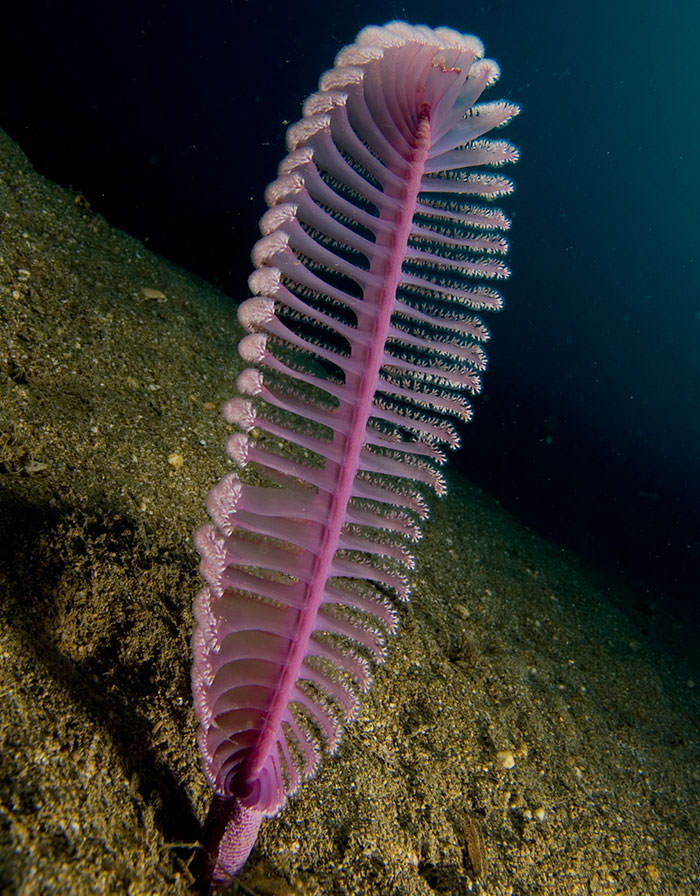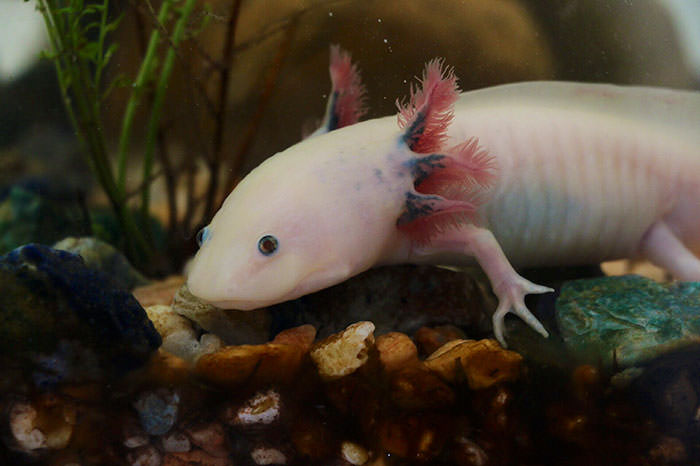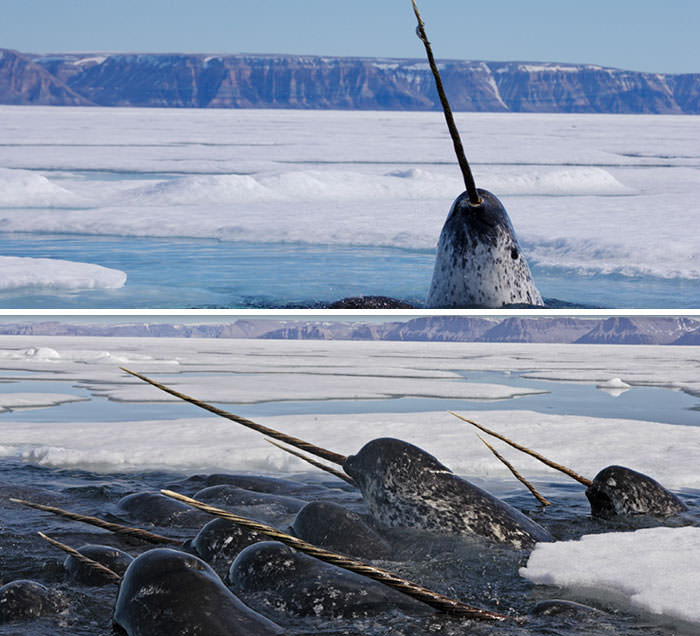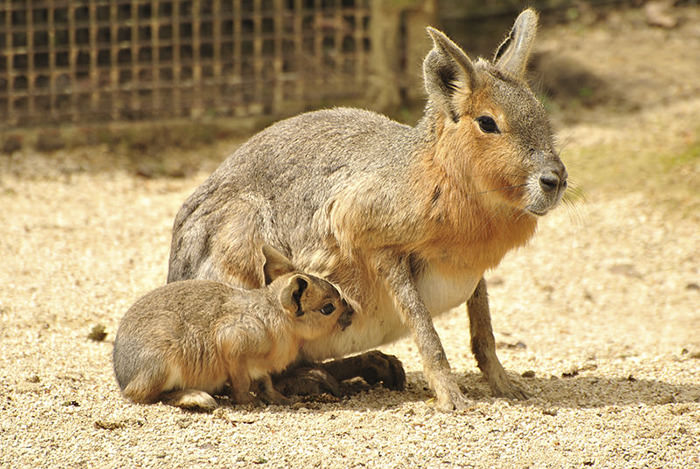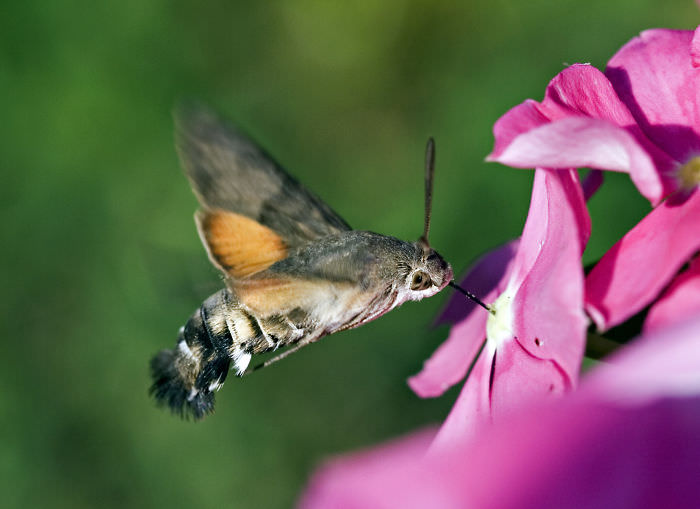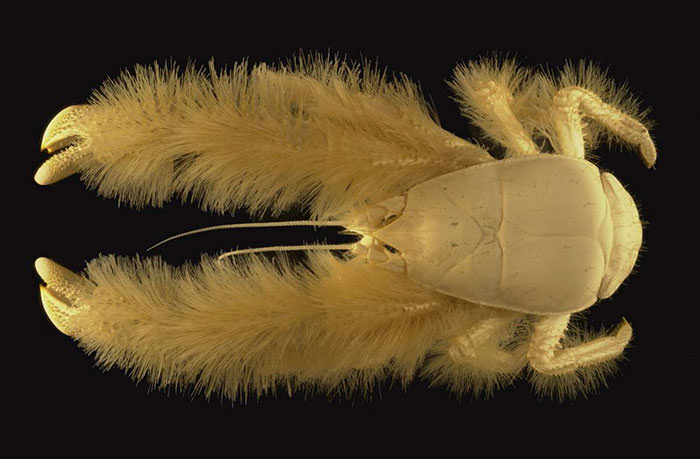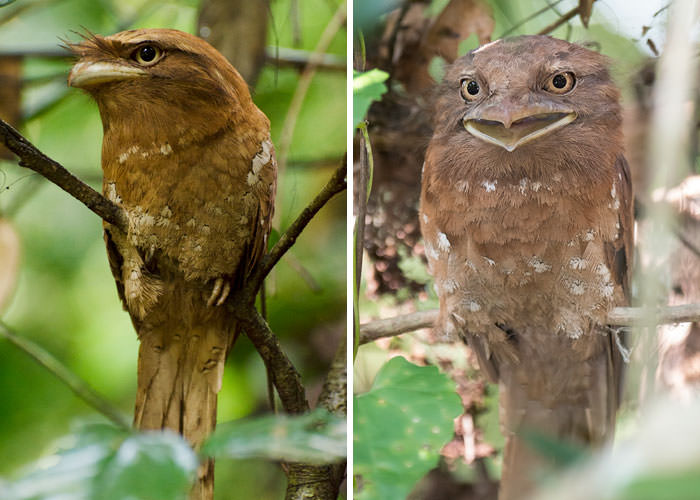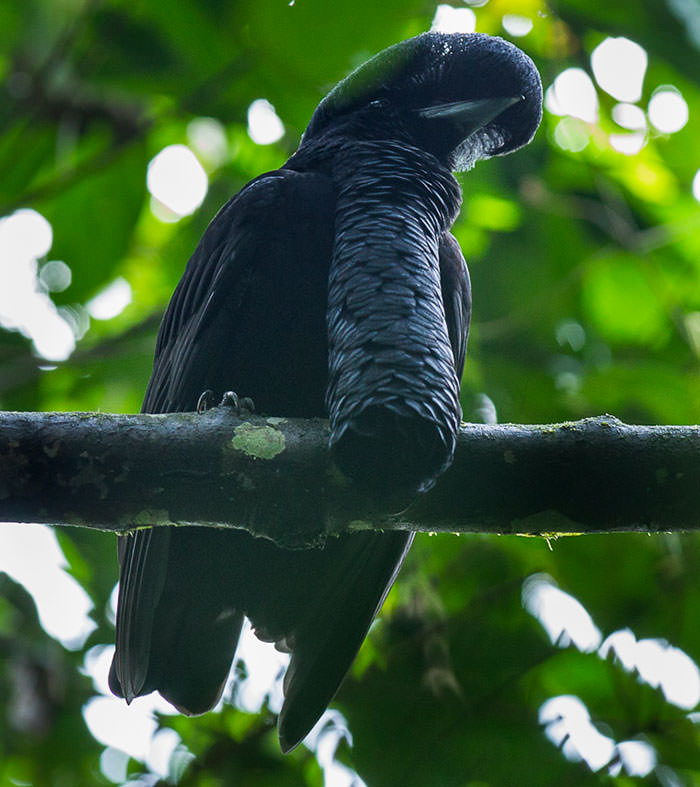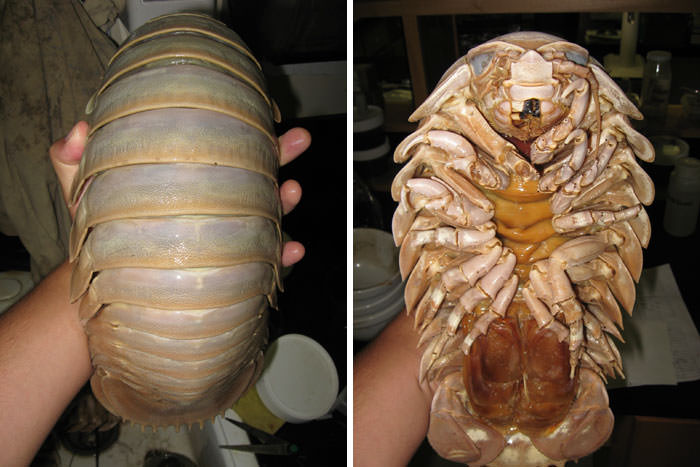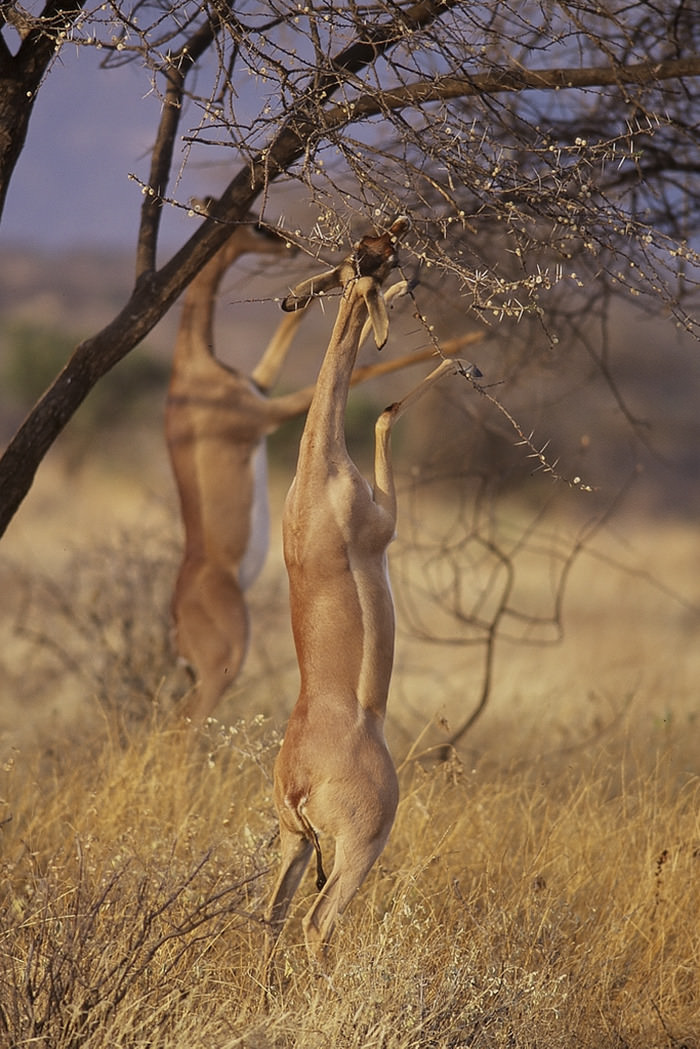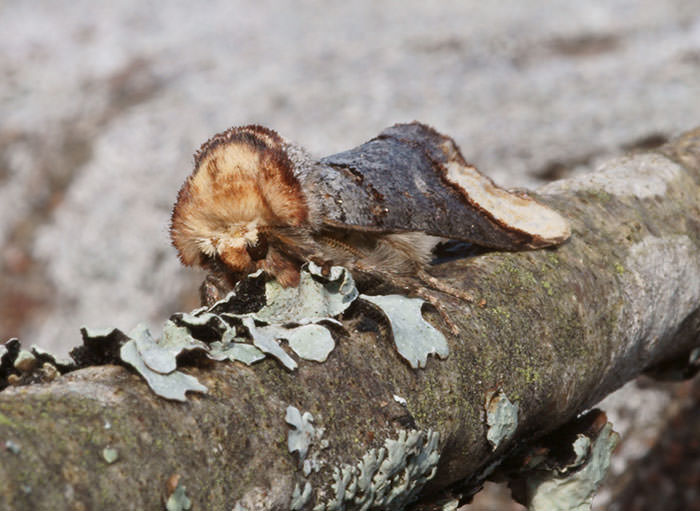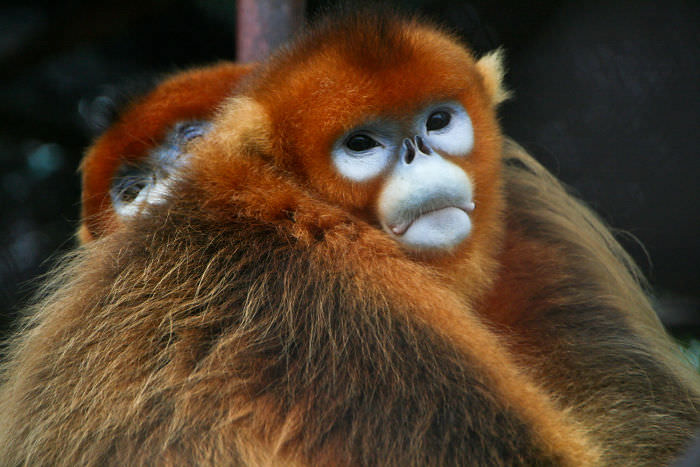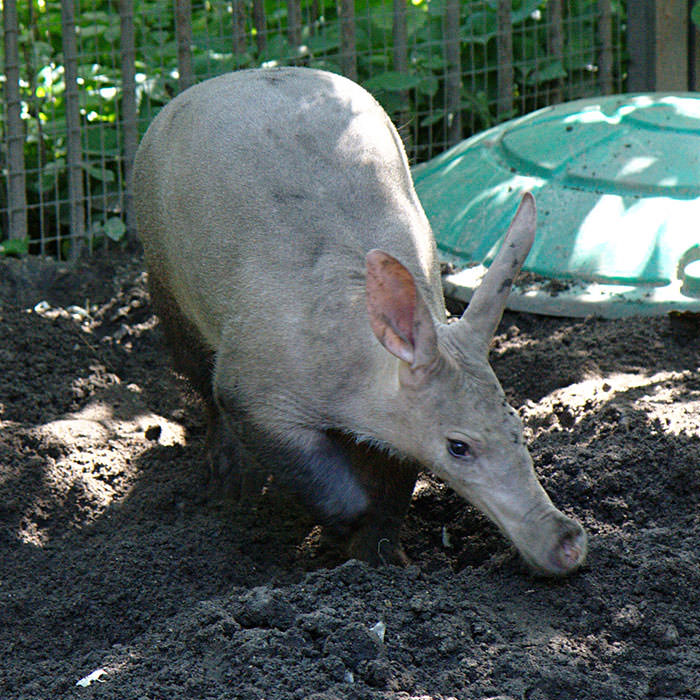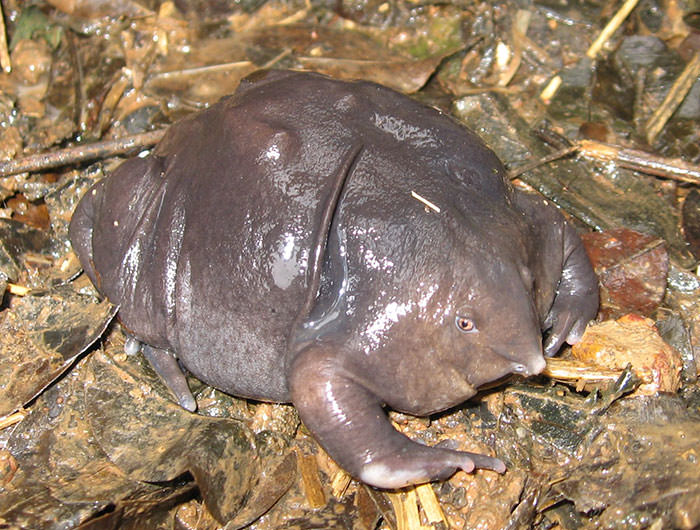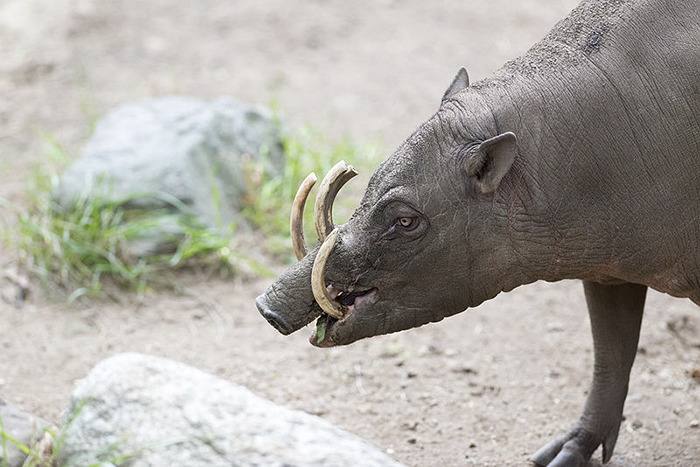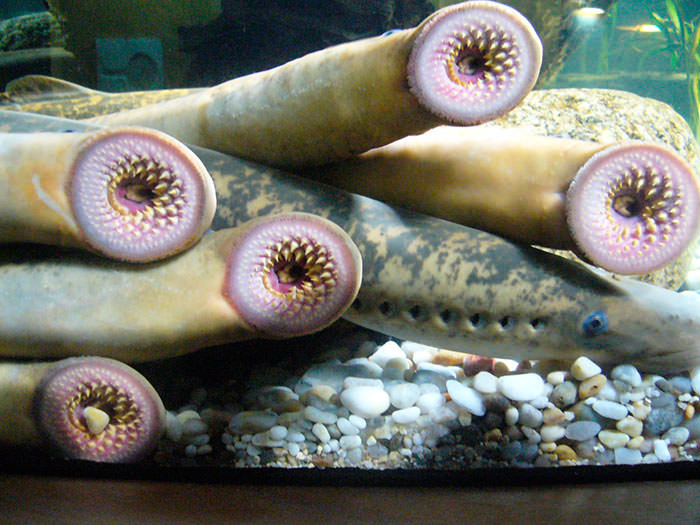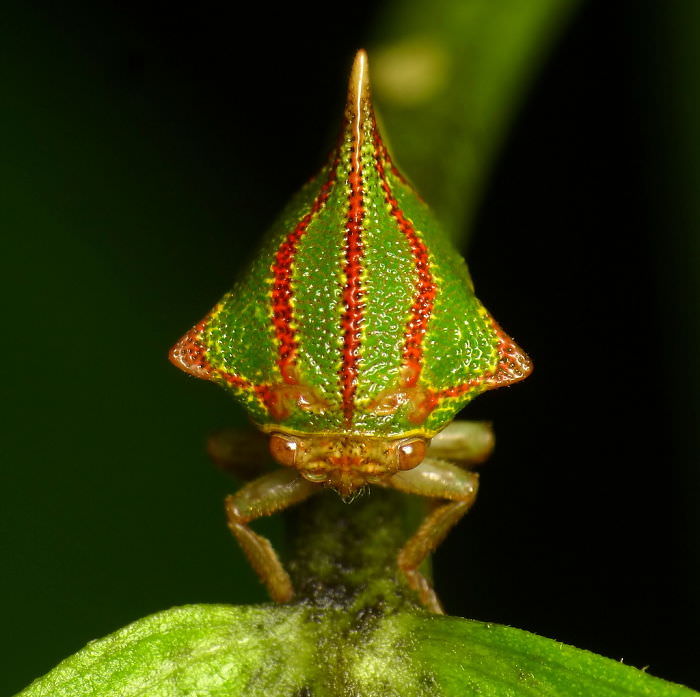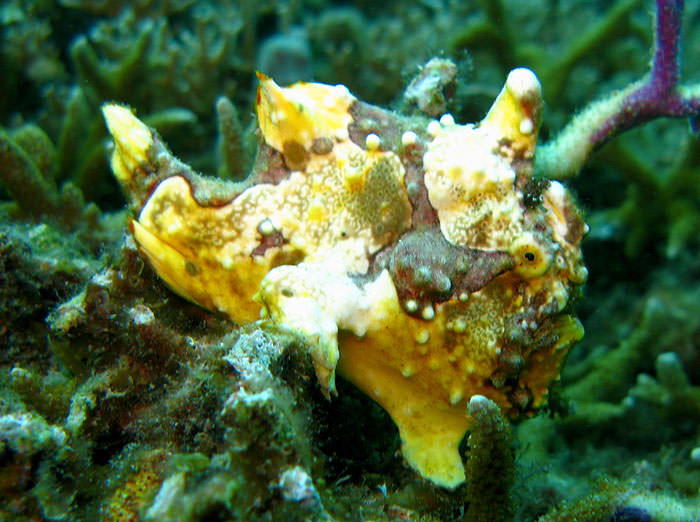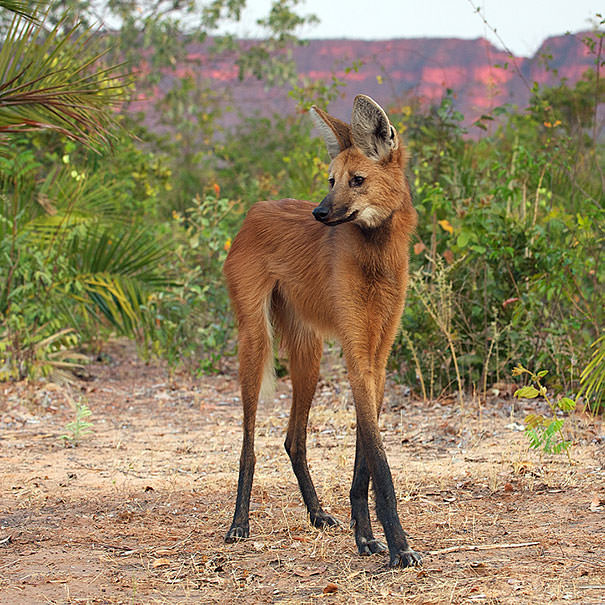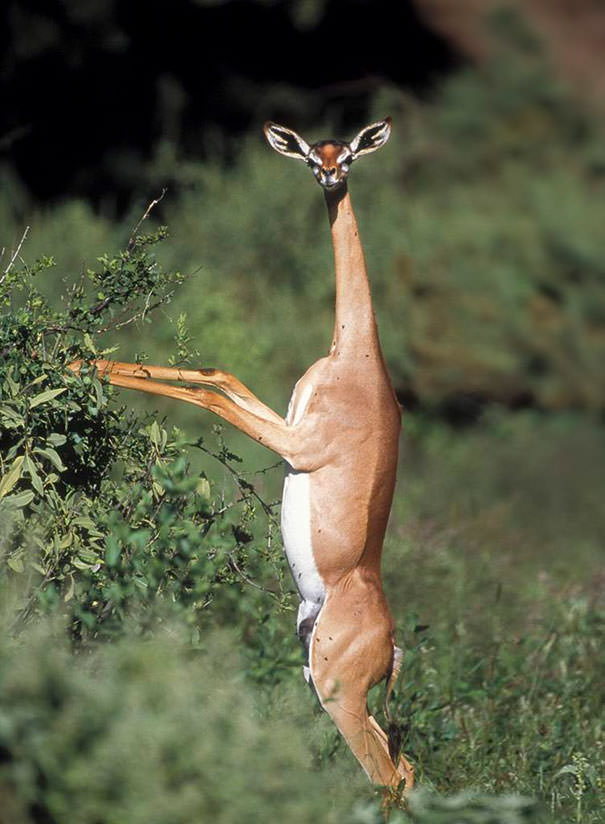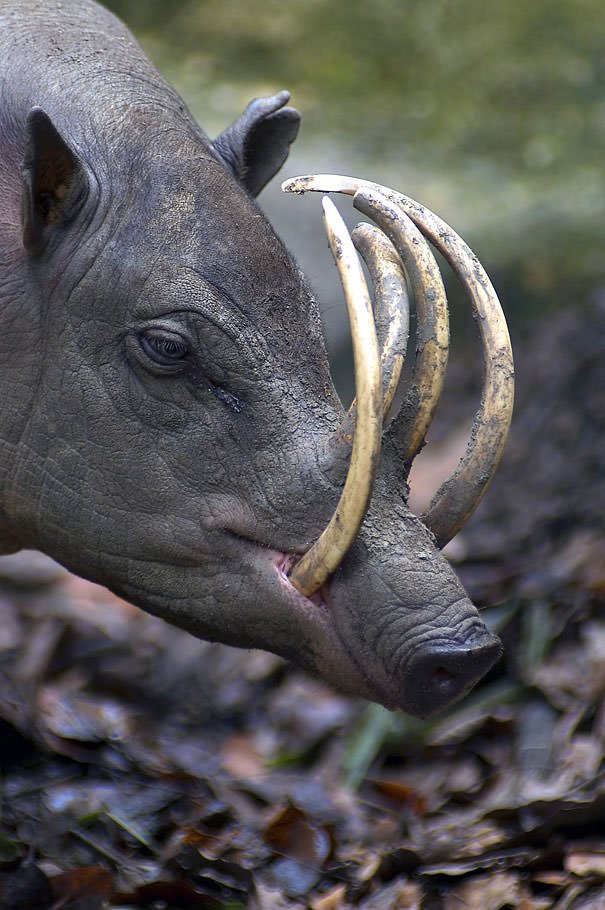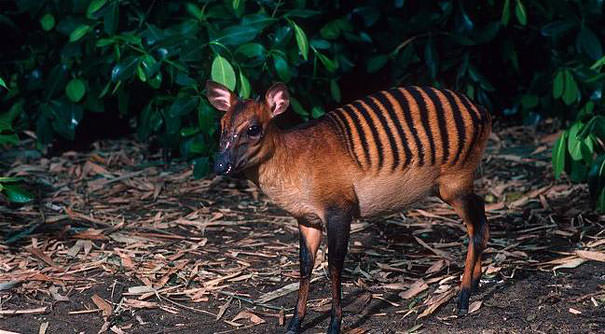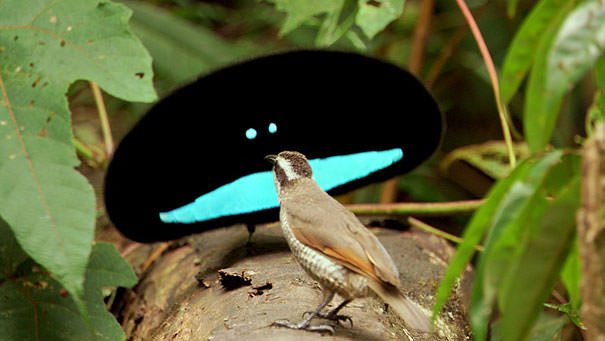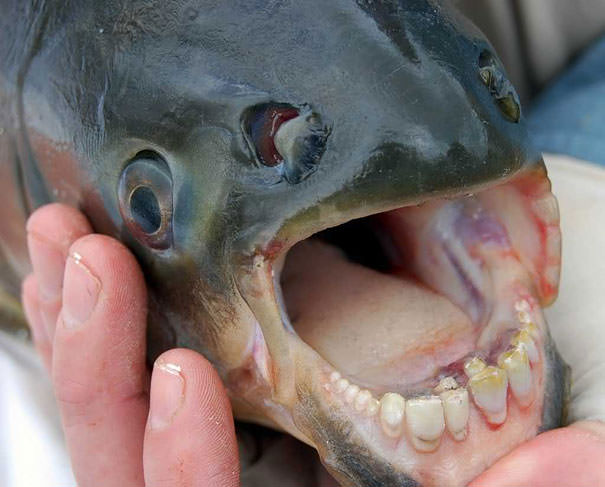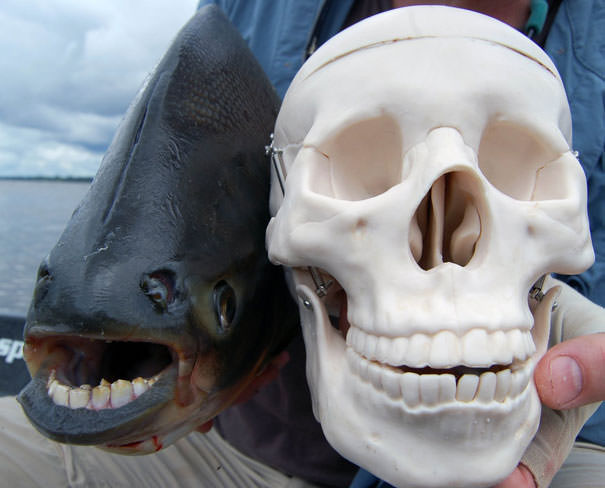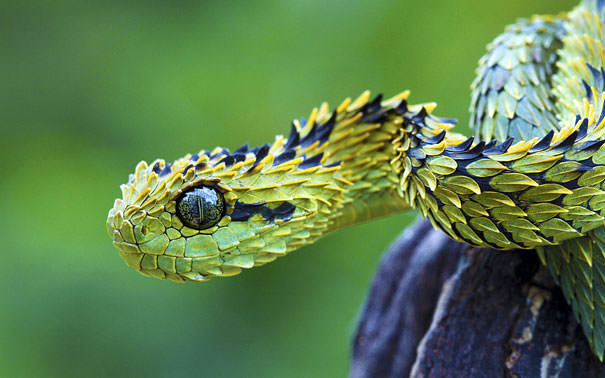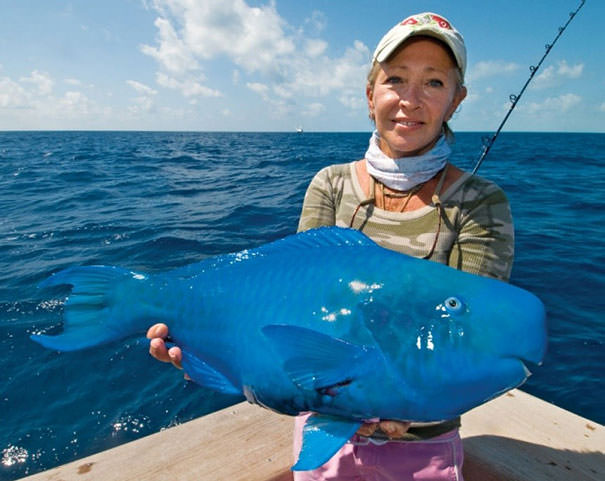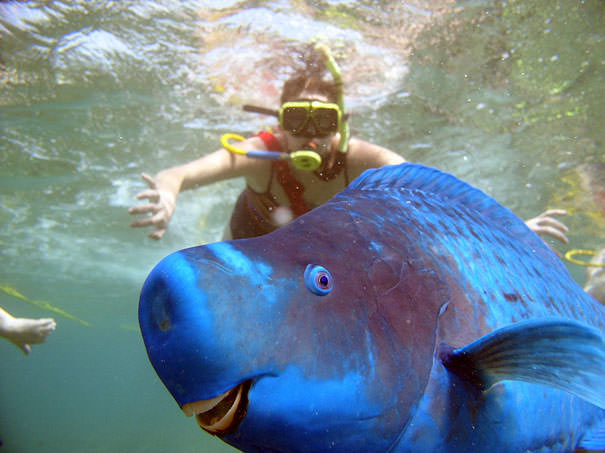Many people do not realize the variety of animals that live on Earth today. Some are even surprised when they find out that there are some new species they have never heard of. Over 11,000 species of birds have been identified and described. There are estimated to be up to 10 million species of insects on Earth. For every human, there are about 2 billion insects.
Moreover, we have yet to explore the depths of our oceans, where there may be even more bizarre-looking creatures. Every year, scientists observe new species and admit that they are not familiar with all the strange animals that exist today. It is also important to acknowledge the species that have been lost over the last decade. The current biodiversity crisis threatens up to a million plant and animal species, some of which we know and some of which we don’t. In the past decade, more than 450 species have been declared extinct. The Bramble Cay melomys is the first mammal to die due to climate change.
Habitats can make it challenging to count animals. Naturalists are less familiar with the diversity of deep-sea animals since they cannot easily access them. It is also challenging to locate and quantify organisms that inhabit soil or parasitize animals. Even terrestrial habitats, like the Amazon Rainforest, can pose insurmountable challenges to a species census. Our tendency to study certain organisms more than others biases our species count. Scientists believe that the estimated number of bird species alive today (between 9,000 and 10,000) is a pretty good representation of the actual number. However, nematodes are a little-studied group of invertebrates, and as a result, we do not understand how diverse they may be. Large animals make detection and counting species difficult. It is often more difficult to detect and count smaller species.
Here are some strange and weird animals you may not have seen before. You’ll see a wide variety of animals, including land and sea animals, mammals and reptiles, and even bugs. We chose the most curious and weird animals from the bunch, so you won’t have to spend a decade finding out about them.
#1 Venezuelan Poodle Moth
#2 Glaucus Atlanticus
#3 Dumbo Octopus
#4 Macropinna Microstoma
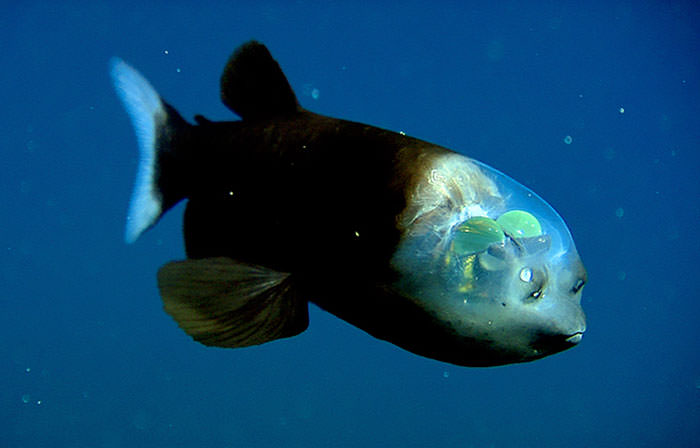
Macropinna microstoma is a species of fish that lives at a depth of about 600 metres (2,000 ft) to 800 metres (2,600 ft), hanging nearly motionless in the water. It is quite unusual with a transparent, fluid-filled dome on its head, through which the lenses of its eyes can be seen.
#5 Irrawaddy Dolphin
#6 Lowland Streaked Tenrec
#7 Red-Lipped Batfish
#8 Sunda Colugo

Sunda Colugo or Sunda flying lemur is a species of colugo, native to Indonesia, Thailand, Malaysia, and Singapore. It is not, in fact, a lemur and it does not fly, gliding instead. Sunda Colugo is active at night and feeds on soft plant parts like young leaves, shoots, flowers, and fruits.
#9 Blue Parrotfish
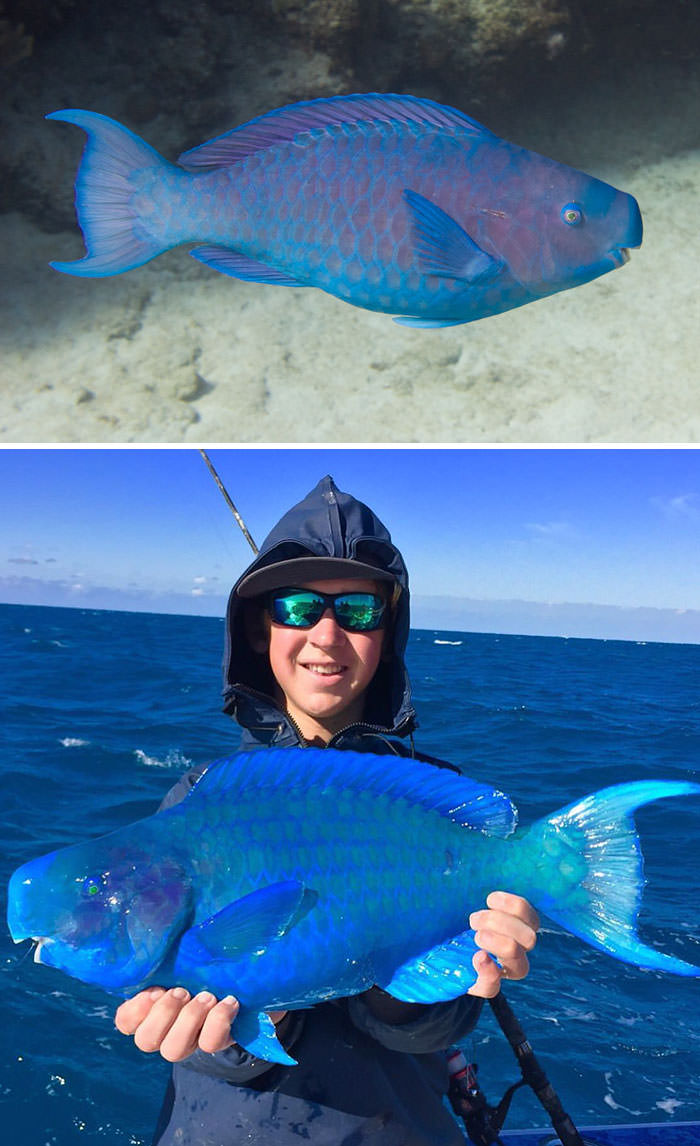
This bright blue fish can be found in shallow water in the tropical and subtropical parts of the western Atlantic Ocean and the Caribbean Sea. They spend 80 percent of their time searching for food and eat small organisms found in the sand and algae that they scrape off rocks.
#10 Glass Frog
#11 Fossa
#12 Panda Ant
#13 Tufted Deer
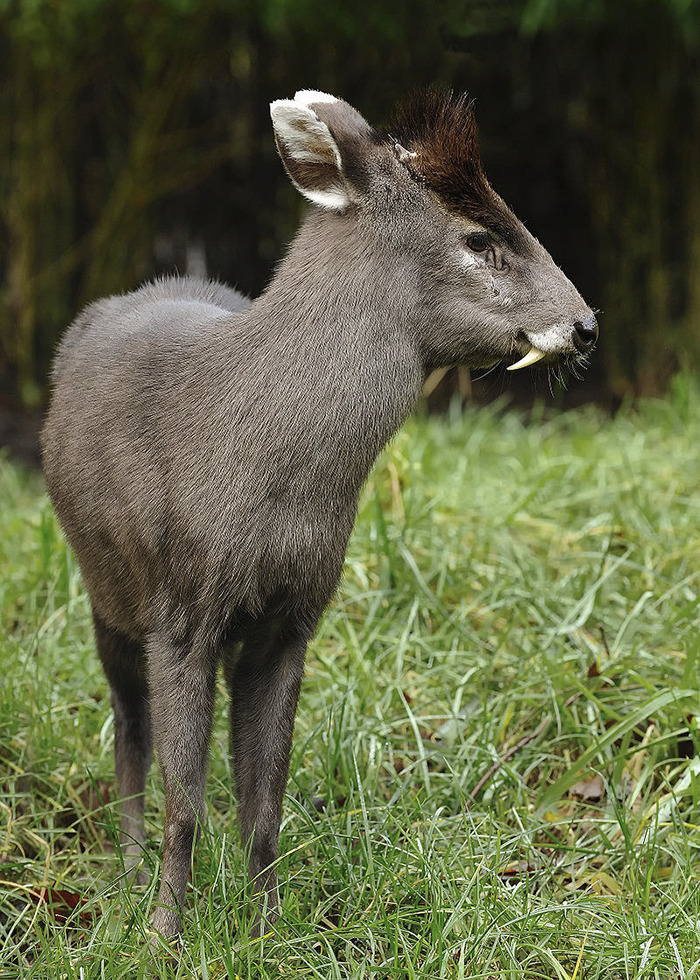
Found in central China, the tufted deer is a small species of deer characterized by a prominent tuft of black hair on its forehead and fang-like canines for the males. It is a timid, mainly solitary creature, that sometimes lives in pairs and enjoys living in areas with good cover.
#14 Honduran White Bat
#15 Japanese Spider Crab
#16 Saiga Antelope
#17 Spiny Bush Viper
#18 Leafy Seadragon
#19 Atretochoana Eiselti Or ‘Penis Snake’
#20 Dik-Dik
#21 Lilac-Breasted Roller
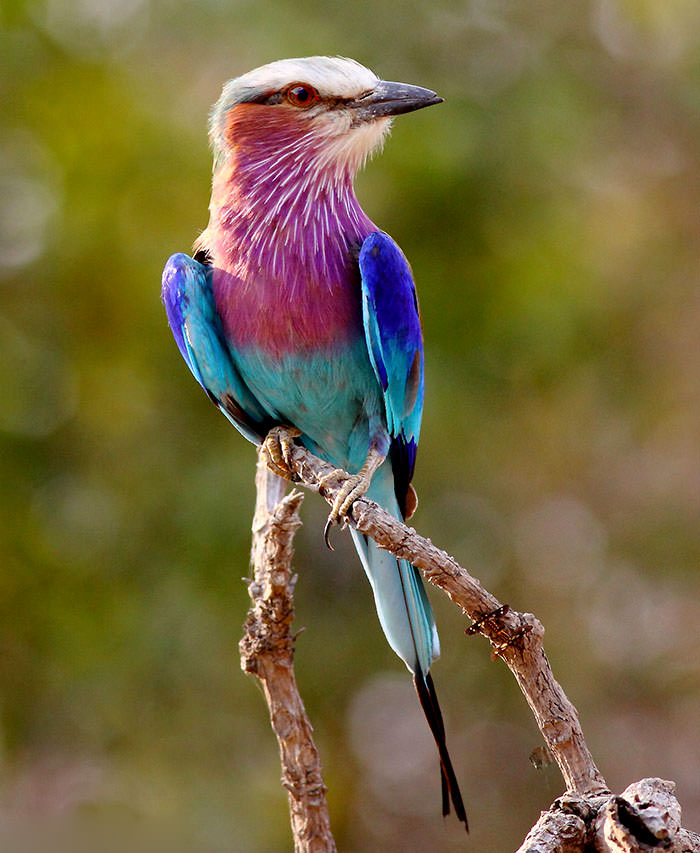
Widely distributed in sub-Saharan Africa and the southern Arabian Peninsula, the lilac-breasted roller is a colorful bird that likes perching in hight trees and other vantage points where it can spot prey at ground level. Their bright plumage is unmistakable with deep lilac breast feathers.
#22 Mata Mata
#23 Sea Pig
#24 Superb Bird-Of-Paradise
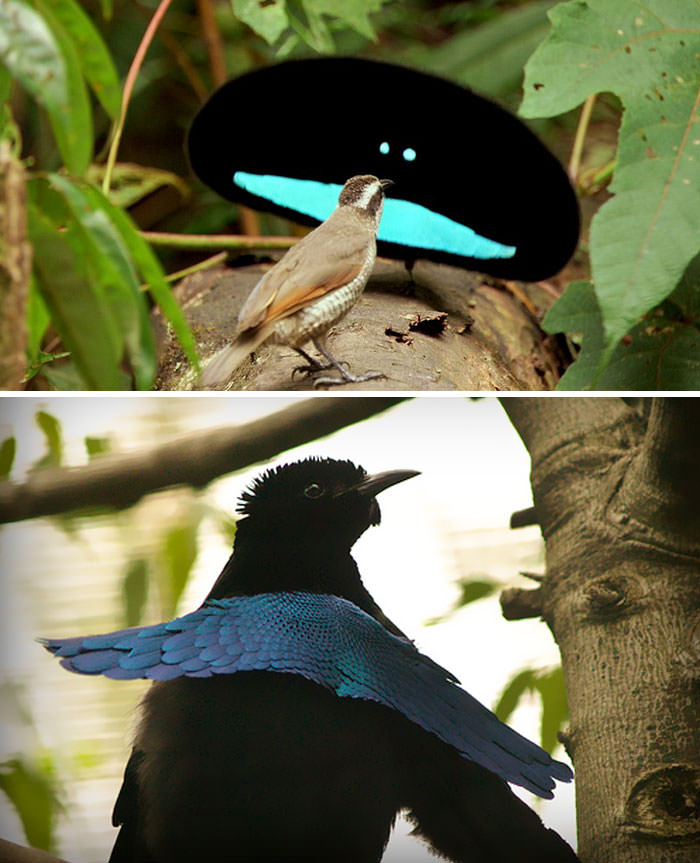
Superb bird-of-paradise is a small bird that has a small female population, therefore the competition amongst males is fierce. Because of that, they have one of the most bizarre and elaborate courtship displays in the avian world.The male is black with an iridescent green crown, blue-green breast cover and a long velvety black erectile cape covering his back, while the female is a reddish-brown bird with brownish barred buff below.
#25 Satanic Leaf-Tailed Gecko
#26 Halitrephes Jelly
#27 Pink Fairy Armadillo
#28 Okapi
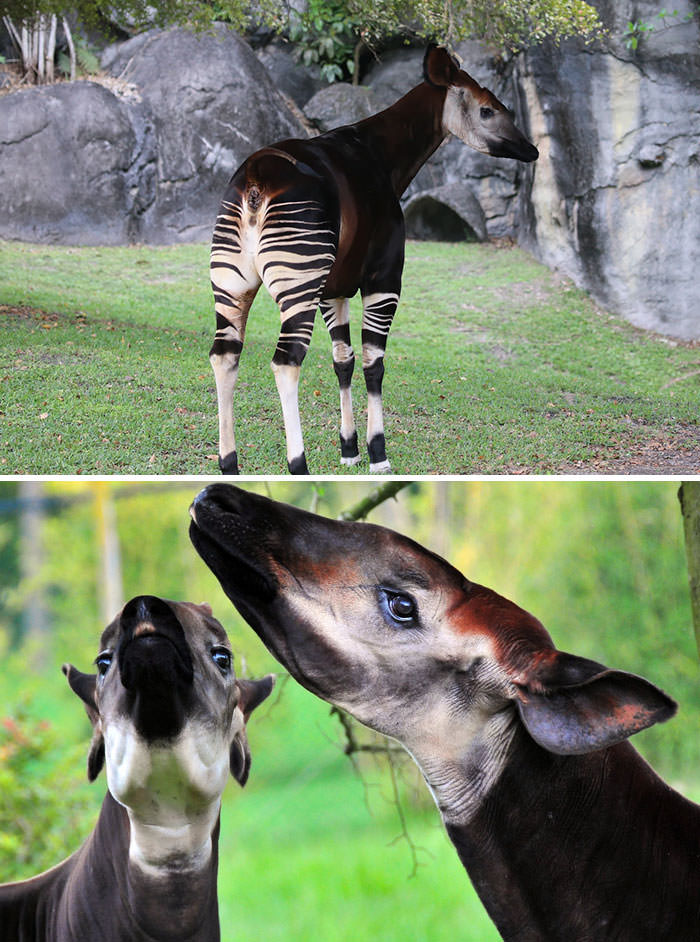
This mammal is native to the Democratic Republic of the Congo in Central Africa. Despite the zebra-like stripes, it is actually more closely related to giraffes. Okapi's coat is a chocolate to reddish brown, much in contrast with the white horizontal stripes and rings on the legs and white ankles.
#29 Maned Wolf
#30 Star-Nosed Mole
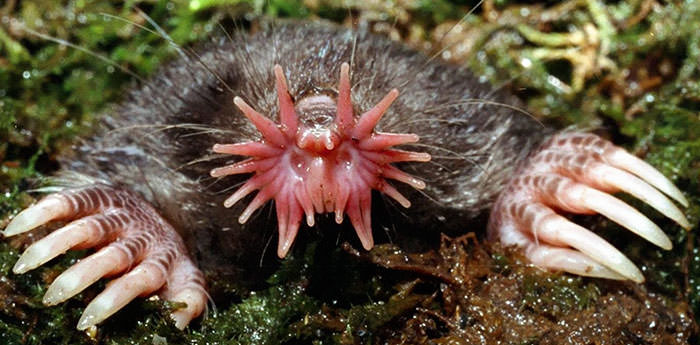
A a small mole found in wet low areas in the northern parts of North America, Star-nosed mole is easily identifiable by its snout which is used as a touch organ with more than 25,000-minute sensory receptors. Named Eimer's organs, the receptors are great at deteting seismic waves.
#31 Blobfish
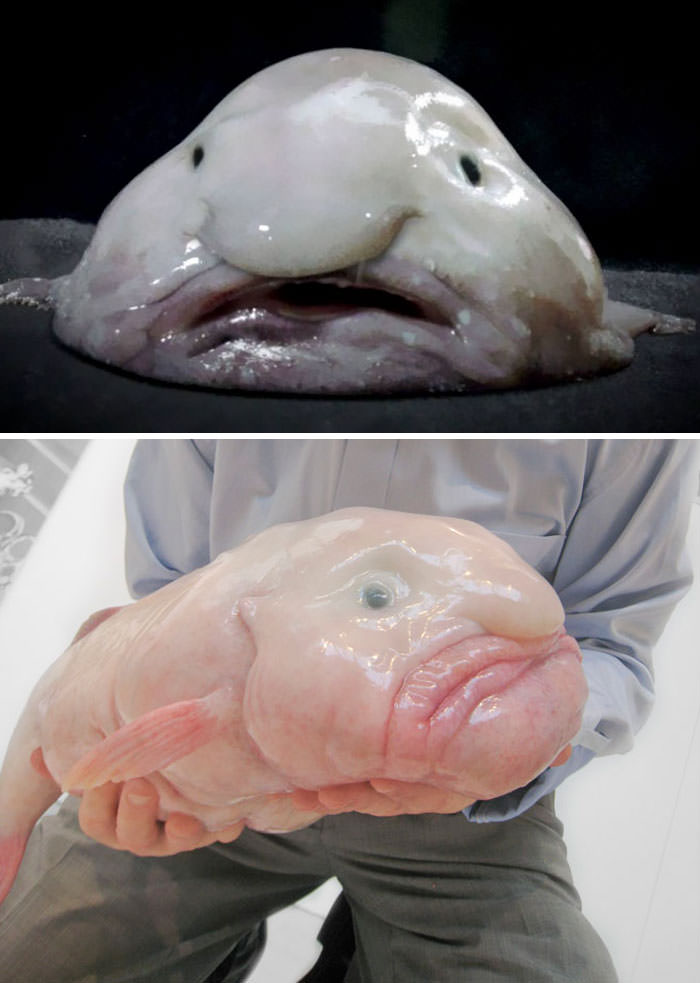
The blobfish is a deep sea fish that inhabits the deep waters off the coasts of mainland Australia and Tasmania, Zealand. The body of the blobfish is primarily a gelatinous mass with a density slightly less than water and this allows it to float above the sea floor without expending energy on swimming. They only appear droopy when taken out of the sea, when pressure changes drastically.
#32 Pacu
#33 Golden Tortoise Beetle
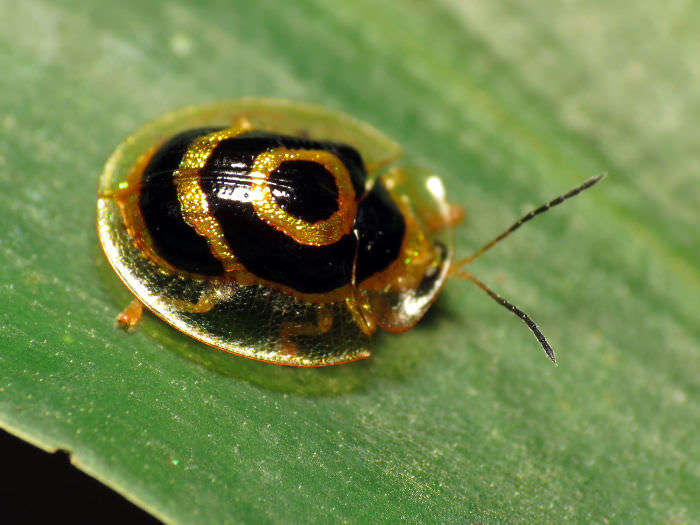
Native to the Americas, the golden tortoise beetle is a species of beetle that varies in color from reddish-brown with black spots through gold, and often metallic, earning it the nickname "goldbug". It tends to switch color in different conditions, such as during mating, and during times of disturbance, such as when it is touched by a researcher.
#34 Gobi Jerboa
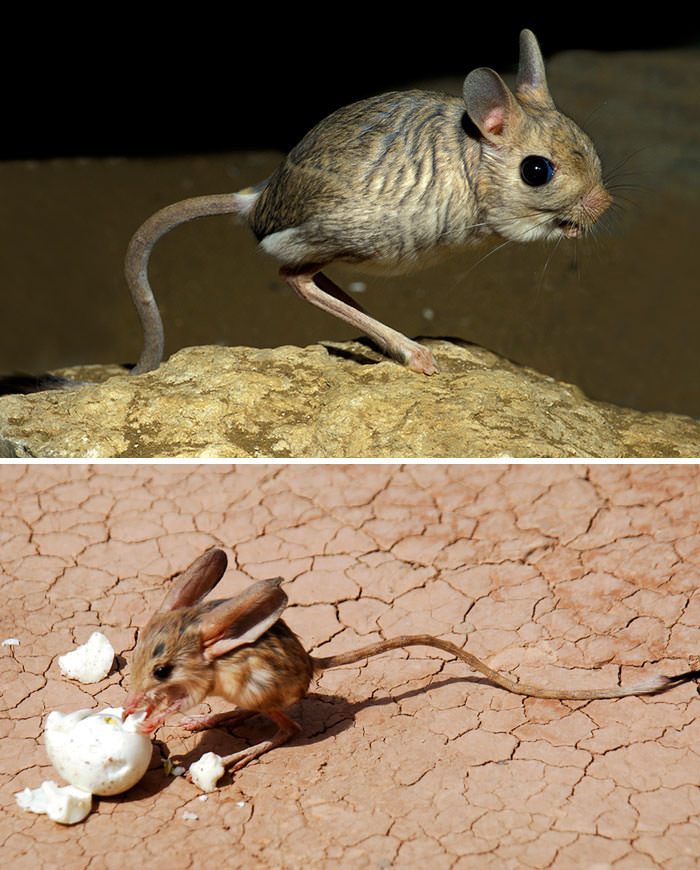
Found in China and Mongolia, The Gobi jerboa is a species of rodent that lives in desert and steppe habitats. They have a long tail that helps them to accelerate their bipedal gallop. The most distinct feature is Gobi jerboa's ears that are almost as three times as large as their heads and give them a very keen hearing sense.
#35 Sea Pen
#36 Axolotl
#37 Narwhal
#38 Mantis Shrimp
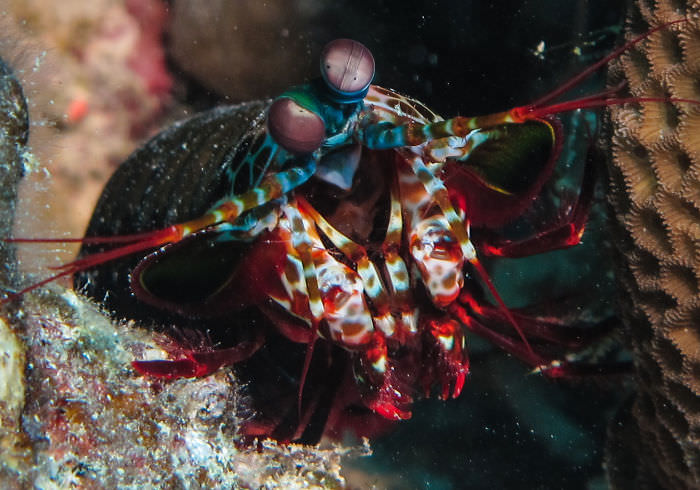
Also called the “sea locusts“, “prawn killers” and even “thumb splitters”, this is one of the most common predators in tropical and sub-tropical waters. They have powerful claws that are used to attack and kill prey by spearing, stunning, or dismembering. Some larger species could even break through aquarium glass.
#39 Shoebill
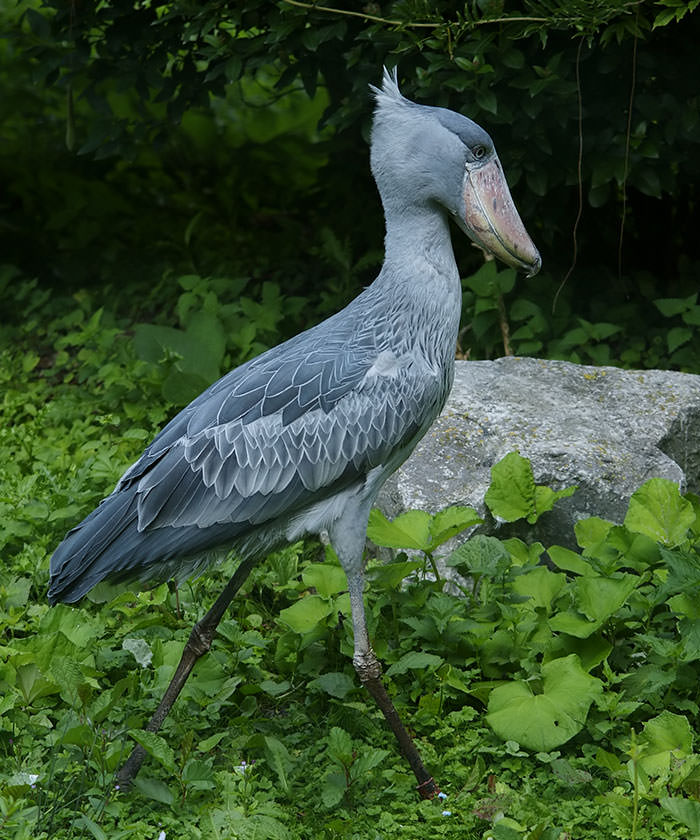
Shoebill is a large stork-like bird which gets its name from its enormous shoe-shaped beak. The bird lives in tropical east Africa in large swamps and is known for its slow movements and tendency to stay still for long periods thus species getting described as "statue-like".
#40 Patagonian Mara
#41 Goblin Shark
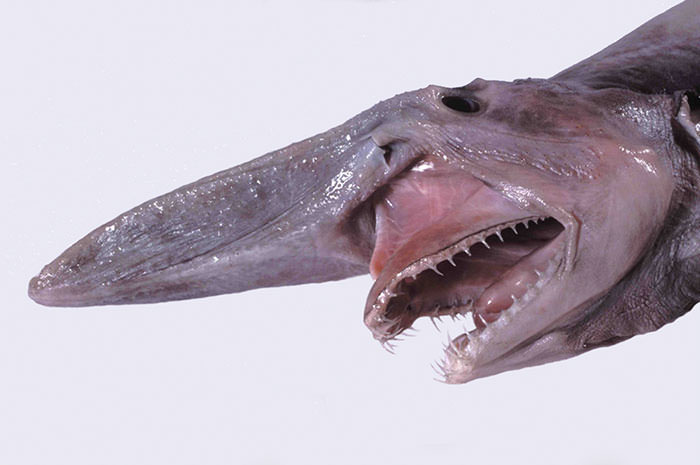
This rare shark is sometimes even called a “living fossil”, “is the only extant representative of the family Mitsukurinidae, a lineage some 125 million years old.” Goblin sharks inhabit the depths greater than 100 m (330 ft), with adults found deeper than juveniles. Given the depths at which it lives, the goblin shark poses no danger to humans.
#42 Hummingbird Hawk-Moth
#43 Yeti Crab
#44 Sri Lanka Frogmouth
#45 Long-Wattled Umbrellabird
#46 Dugong
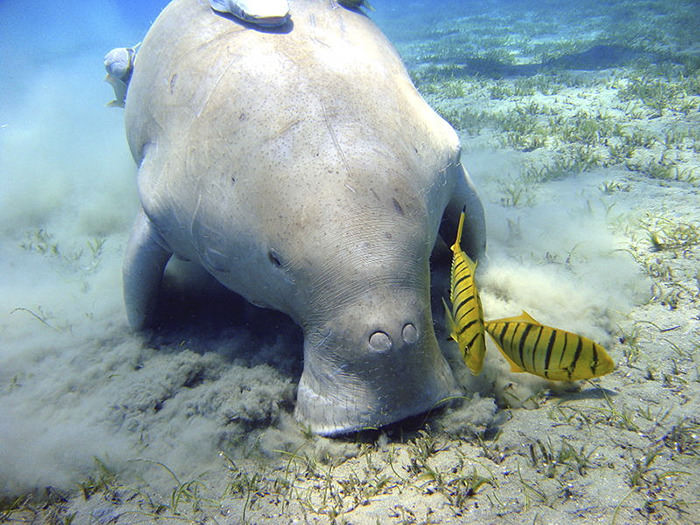
A medium-sized marine mammal, Dugong is the only sirenian in its range, which spans the waters of some 40 countries and territories throughout the Indo-West Pacific. They are considered as the inspiration for mermaids. The dugong's body is large with a cylindrical shape that tapers at both ends.
#47 Giant Isopod
#48 Aye-Aye
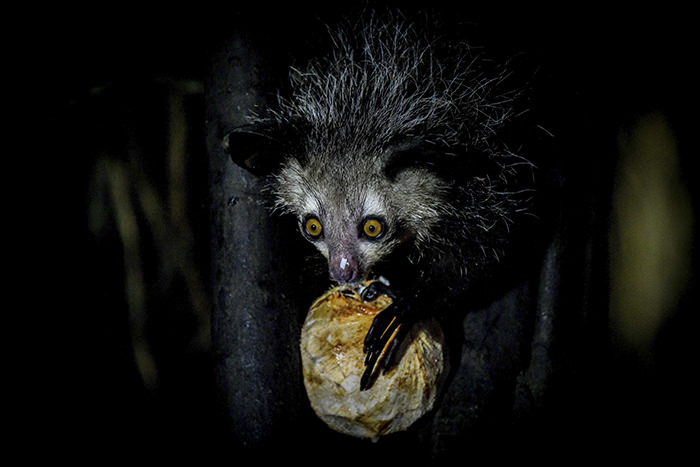
Native to Madagascar, aye-aye is the world's largest nocturnal primate. The most defining characteristic is aye-aye's way of feeding; the aye-aye taps on trees to find grubs, then gnaws holes in the wood using its forward slanting incisors to create a small hole in which it inserts its narrow middle finger to pull the tasty treat out.
#49 Cantor’s Giant Softshell Turtle
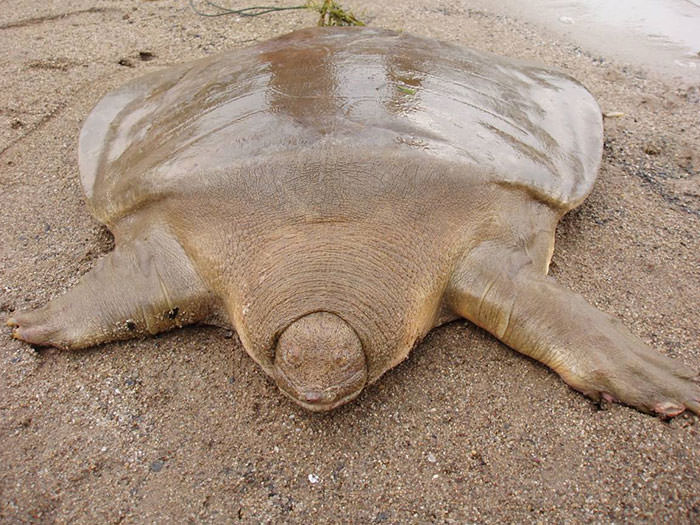
Cantor's giant softshell turtle is a freshwater turtle that lives in Southeast Asia. It is relatively unstudied and considered endangered species. The turtle has a broad head and small eyes close to the tip of its snout and spends most of the time buried and motionless, resurfacing only twice a day to breathe.
#50 Silkie Chicken
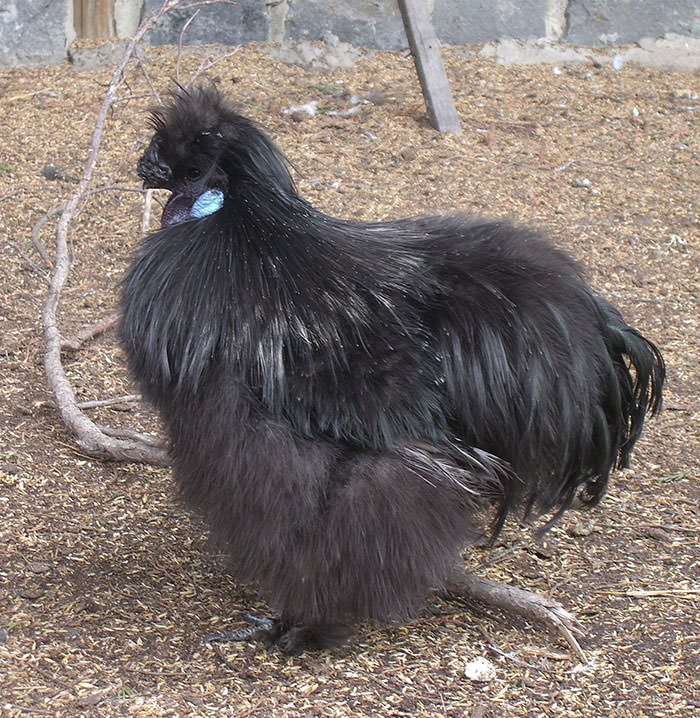
Named for its fluffy plumage that feels like silk, the silkie is a breed of chicken known for its unusual qualities like black skin and bones, blue earlobes, and five toes on each foot, where most chickens only have four. They are among the most docile of poultry, having a calm, friendly temperament.
#51 Gerenuk
#52 Buff-Tip Moth
#53 Snub-Nosed Monkey
#54 Aardvark
#55 Naked Mole-Rat
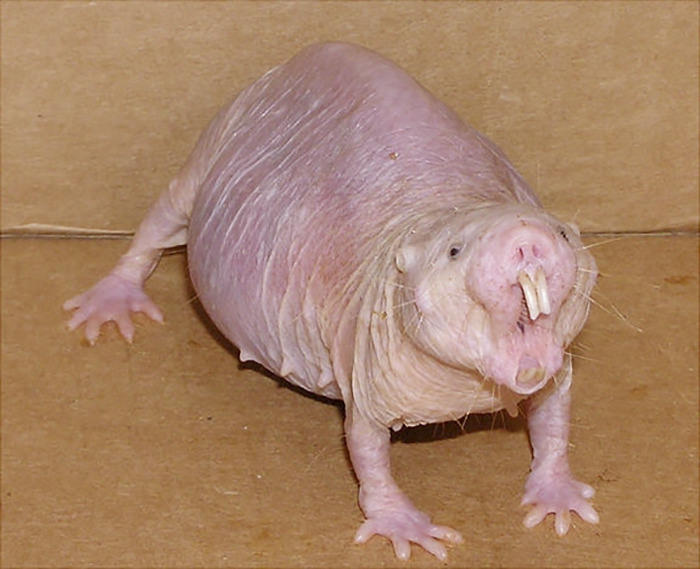
Also known as the sand puppy, the naked mole-rat is a burrowing rodent found in parts of East Africa. Thanks to its unusual set of physical traits it thrives in a harsh underground environment and is the only mammalian thermoconformer, almost entirely ectothermic (cold-blooded) in how it regulates body temperature. The naked-mole rat lacks pain sensitivity in its skin, and has very low metabolic and respiratory rates.
#56 Indian Purple Frog
#57 Thorny Devil
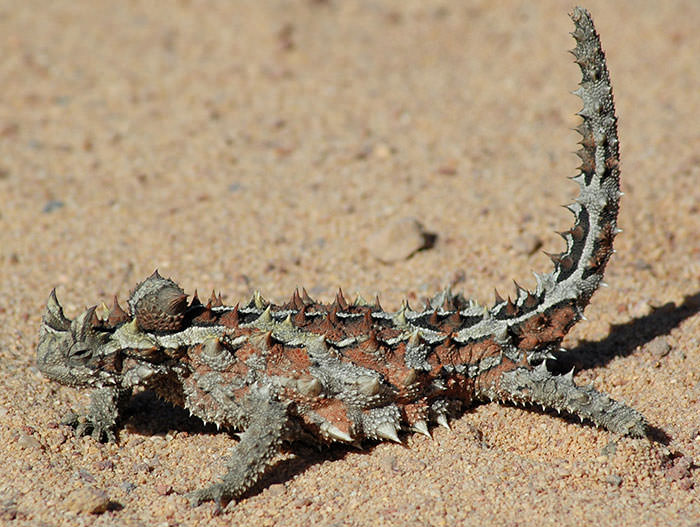
Thorny devil, also called thorny dragon is a lizard found in Australia. The lizards are coloured in camouflaging shades of desert browns and tans that change from pale to dark depending on the season. In addition to sharp spikes that cover its skin, thorny devil also has a fake head that it presents when threatened.
#58 Babirusa
#59 Sea Lamprey
#60 Umbonia Spinosa
#61 Warty Frogfish
#62 The Maned Wolf
#63 The Gerenuk
#64 The Babirusa
#65 Zebra Duiker
#66 Superb Bird of Paradise
#67 The Panda Ant
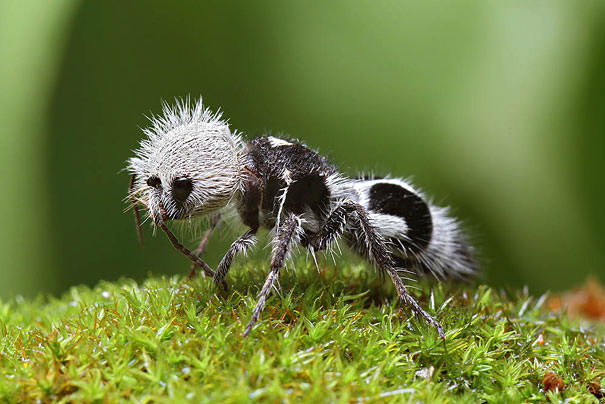
The Mutillidae are a family of more than 3,000 species of wasps (despite the names) whose wingless females resemble large, hairy ants. Found in Chile, they are known for their extremely painful stings, hence the common name cow killer or cow ant. Black and white specimens are sometimes known as panda ants due to their hair coloration resembling that of the Chinese giant panda.



